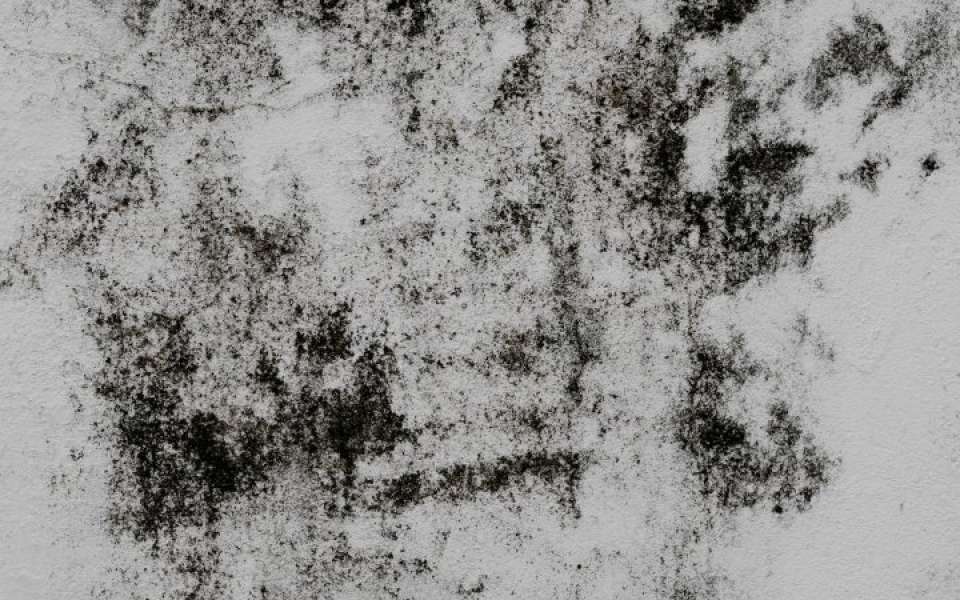14 Dec 2022
Damp and mould can build up over time, especially in kitchens and bathrooms. Our simple steps help to prevent and treat mould in your home.
What you will need
- Sponge
- Gloves
- Dust mask
- Mould spray
Step one: You need to keep an eye on the humidity levels in your home. Keep your house as dry as possible so be sure to open windows, turning the temperature down when it’s hot and let in the sun in as much as possible.
Step two: Most damp is caused in bathrooms and kitchens where it is often wet and warm. To prevent damp happening you need to make sure you open a window after a shower or cooking to let the steam vent out.
Step three: To prevent damp occurring on tiles it’s a good idea to use a sponge to dry the walls after bathing.
Step four: Another cause of damp is drying wet clothes inside. If you don’t have a drier or prefer to line dry clothes to save energy, always hang your clothes outside. Any water that evaporates from the clothes will otherwise hang in the air in your home.
Step five: In winter, if you have to hang clothes to dry inside, make sure the room is well-ventilated, that air is circulating, and that there is a window open in the room.
Step six: If you spot mould it isn’t the end of the world. You can take action to get rid of it yourself. Before you tackle the area make sure you are well protected with a dust mask over your nose and mouth and put on rubber or plastic gloves.
Step seven: To tackle the mould you can buy mould prevention spray at most supermarkets and hardware stores for as little as £5. Simply spray the mould area and clean the area once dry. Make sure you read the instructions on the spray carefully and be sure the spay can be used in the area where the mould is.
Step eight: The best way to tackle mould is the prevent it happening in the first place. Although some prevention methods seem excessive there’s no better way to prevent damp then keeping a nice, clean and open house.
If you still have an issue, call us on 0800 027 2057 and we’ll advise.

